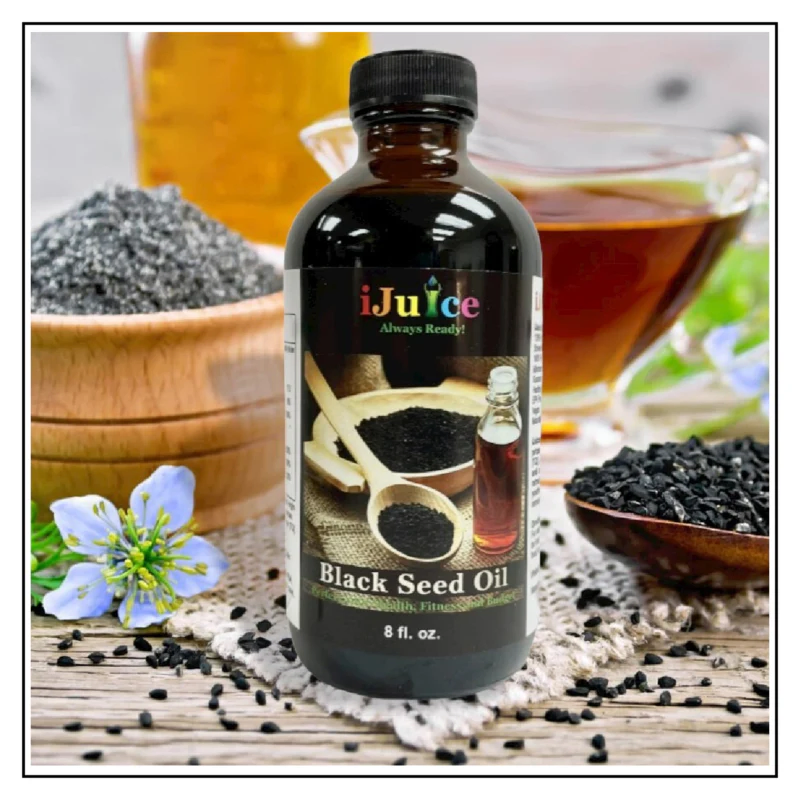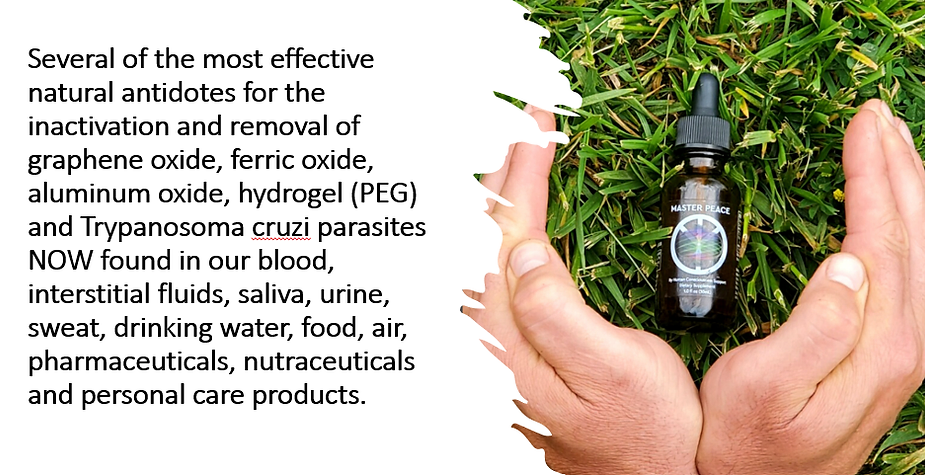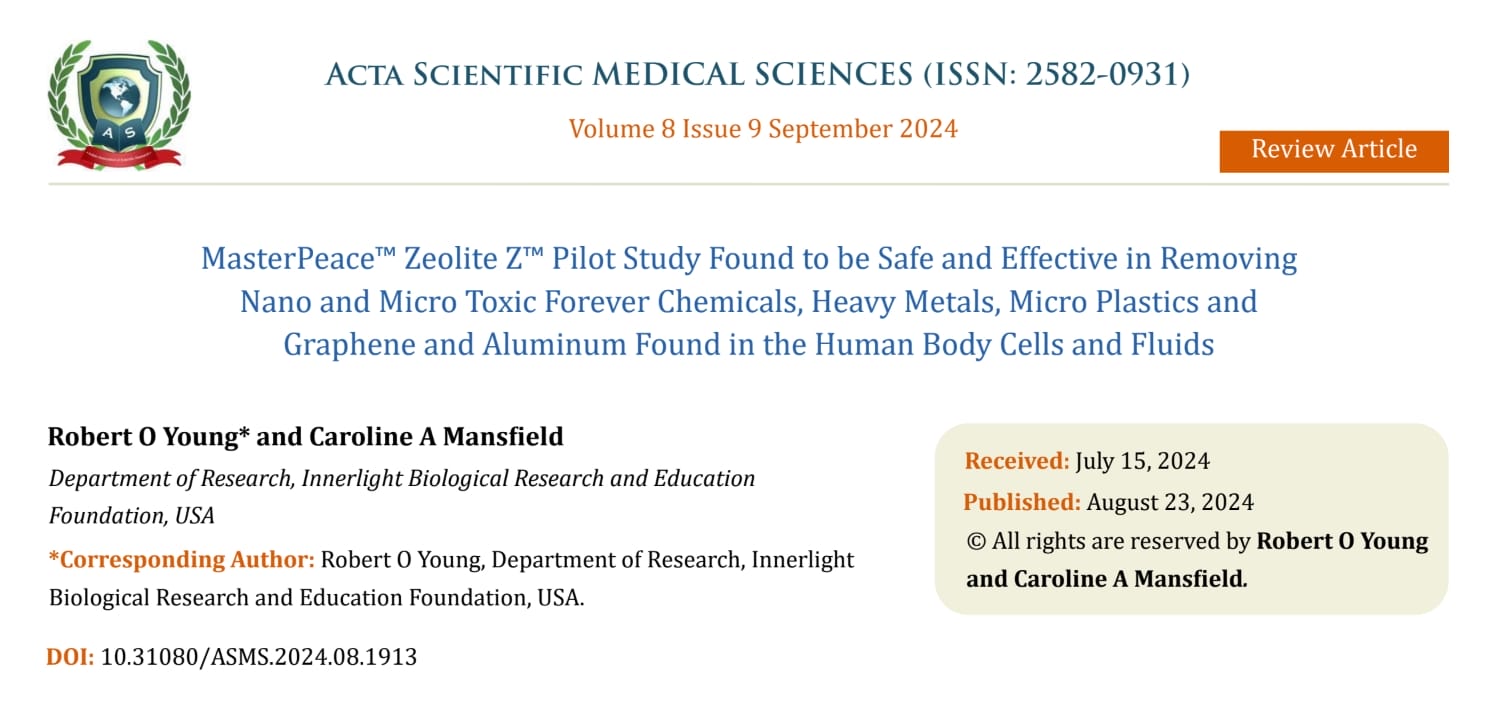How to Prevent or Reverse Turbo Cancers Caused by Chemical and Radiation Poisoning!
Updated: Jun 10
Dear Family, Friends and Colleagues,
The following health and lifestyle suggestions are based upon mine and others research and findings in the prevention and reversal of any sickness, dis-ease or cancerous condition.

Free From Medical Tyranny!
Quercetin is a flavonoid found in a variety of plants, highest concentrations in onions (45mg), oregano (42mg), buckwheat (36mg), spinach (27mg), cranberry (25mg), kale (23 mg), cherries (17mg), blueberries (15mg), asparagus (14mg) per 100 grams.

Quercetin is an antioxidant, anti-inflammatory and has anti-cancerous properties. (Remember that cancer is NOT a cellular problem it is an acidic condition that begins in the Interstitium organ that contains the interstitial fluids or what I call the body ocean which surrounds every cell of the human body. Therefore a cancerous condition begins in the body fluids and NOT in the cell. To learn more about cancer being a symptom of the acidic interstial fluid click here.)
Quercetin, as an antioxidant/antiacid, is able to PREVENT all acidic cancerous conditions of the interstial fluids, mainly colorectal, lung, breast, brain, ovarian, uterine, bladder, kidney, liver and pancreatic cancerous conditions.
Quercetin exerts anti-cancer properties mainly through regulation of excess acidity primarily from diet, radiation and chemical poisoning which causes the release of ROS (reactive oxygen species) which are reduced oxygen or hydrogen with unpaired electrons which activates numerous cellular signalling pathways, that ultimately result in the biological transformation of any healthy cell to a cancerous cell back to its microzymian or anatomical indestructible nano dust particles via: apoptosis, cell cycle arrest, autophagy, inhibited angiogenesis, inhibited metastasis caused by radiation and chemical poisoning of the internal environment of the interstitial fluids of the Interstitium (the largest organ of the human body).
Quercetin stabilizes p53 and increases p53 levels which leads to cellular disorganization or apoptosis of an acidic poisoned or cancerous cell.
Quercetin is able to induce apoptosis of any acidic vascular or interstitial fluid environment leading to the creation of CANCEROUS STEM CELLS which begins in the crypts of the small intestines (which is then responsible for a decrease in pH and ORP of the blood plasma and interstitial fluids of the Interstitium causing cellular degeneration or biological transformation of the blood and body cells.
Quercetin regulates microRNAs (miRs which is genetically modified) which are implicated in many cancerous conditions and Quercetin exerts anti-cancerous or anti-acidic properties by chelating metabolic, dietary, respiratory and environmental toxins thus inhibiting and then reducing biological transformation and cell death.
Best studied cancerous conditions with Quercetin foods and supplements are with lung cancer, breast cancer, prostate cancer and colorectal cancer.
Quercetin in vivo mouse studies show anti-cancer or anti-acidic effects in: cancerous acidic conditions of the interstitial fluids affecting the healthy cells of the brain, breast, colon, liver, prostate, lung, pancreas, skin, blood, stomach and small intestines.

If you’re adding Quercetin from foods. pH Miracle Products and iJuice powdered juices to your “Alkalarian Lifestyle” regimen for the prevention and reversal of any cancerous condition, I highly suggest including the most bioavailable version possible into your love-it and live-it protocol.


https://phmiracleproducts.com/collections/ijuice/products/black-seed-oil, Resveratrol (pH Miracle L-arginine Max), Quercetin containing juices including iJuice Ginger, iJuice Turmeric, iJuice Pomegranate, and iJuice SuperGreens and/or Innerlight SuperGreens which contain barley and wheat grass.

3. Alkalizing mineral salts for hyper-perfusing alkalinity into the plasma and interstitial fluids at a pH of 8.4 and an ORP at – -80mV include, pH Miracle pHour salts (sodium and potassium bicarbonates), pH Miracle pHlavor Salts (alkalizing mineral salts for energy).

4. Bioactive alkalizing nanotechnology with a high zeta potential or negative charge of -80 to -120mV for chelating cancerous causing positive charged nano and micro paticulates of graphene, deuterium, fluoride, aluminum, lead, mercury, cesium, glyphosate, polypropylene, polyethylene, atrazine, hydrogels, PFOS, PFOA, phosgene, vinylidene dichloride, vinyl chloride, just to name a few with pH Miracle MasterPeace at 5 drops under the tongue twice a day and 5grams in 4 ounces of distilled or alkaline water of the pH Miracle Montmorillonite Terra pHirma clay twice a day.

5. For building healthy blood in the crypts of the small intestines remove all acidic foods listed in The pH Miracle revised and updated book and include all alkalizing foods and drinks such as alkaline functionally structured and negatively charged water by the WaterMark 1 water system, increase the following blood building foods including liberal amounts of onions, garlic, buckwheat, iJuice Cranberry, iJuice Blueberry, iJuice Cherry, iJuice Kale, iJuice Goji, iJuice Spinach, iJuice Barley, iJuice WheatGrass, oregano, dill, and pH Miracle Hemp seeds and Hemp powder. (www.phmiracleproducts.com)

6. Include daily supplements of pH Miracle nano colloidal C0Q10, pH Miracle D3 and pH Miracle K1 which are also contained in the pH Miracle L-arginine Max.

7. How do I test the pH of the interstitial fluids of the Interstitium in order to manage and maintain the alkaline design of my body fluids?

Published Peer-reviewed Research Studies on Preventing or Reversing Any Cancerous Condition Naturally

1. (2015) Young RO, Migalko G , “Alkalizing Nutritional Therapy in the Prevention and Reversal of any Cancerous Condition”. Int J Complement Alt Med 2(1): 00046. DOI: 10.15406/ijcam.2015.02.00046 – You can obtain a copy of this paper at:

2. (2020, Jan, Tang et al) – Pharmacological basis and new insights of quercetin action in respect to its anti-cancerous effects (China)
-
Quercetin is a flavonoid found in a variety of plants, fruits and vegetables such as onion, buckwheat and broccoli
-
Quercetin has recently been confirmed to have biological functions: anti-inflammatory, anti-oxidant and anti-cancer
-
Quercetin is mainly absorbed into intestinal cells in the form of glycosides, hydrolyzed into aglycone and enters the intestinal lumen, and its mechanism may be related to glucose transport. The transformation process occurs mainly in the intestines, and some can be done in the liver and blood
-
Quercetin and its metabolites are mostly excreted in the intestine, and a small portion can be excreted in the urine by the kidneys
-
latest research: gut microbiota play an important role in generating glycosidases and enzymes, which can transfer quercetin into smaller, more easily absorbed molecules
-
Quercetin regulates iron metabolism – vital process – can quench iron catalyzed ROS production
-
antioxidant – Quercetin is an effective ROS scavenger, and inhibits lipid peroxidation
-
anti-inflammatory – inhibits release of inflammatory cytokines
-
anti-cancer:

Quercetin induces cell cycle arrest, apoptosis, autophagy, inhibits angiogenesis and inhibits metastasis
-
Cell cycle arrest; breast cancer, prostate cancer, ovarian, gastric, osteosarcoma, CLL leukemia, lymphoma
-
apoptosis: lung colon, glioma, leukemia, gastric, ovarian, melanoma
-
anti-metastatic: colorectal, pancreatic, melanoma, head and neck
-
autophagy: glioblastoma, gastric, colon
-
Quercetin increases p53 expression (2008 Choi et al, 2010 Chou et al)
-
Quercetin can induce apoptosis of CANCER STEM CELLS
-
In vivo mouse studies: breast, prostate, lung, colorectal, pancreatic, melanoma, leukemia, gastric, liver
-
Conclusion:
-
“As a natural product, quercetin is a flavonoid compound, and treated with a reasonable dose of quercetin is non-toxic and has various inhibitory effects on various ways of tumor formation.”
-
“A large number of in vivo and in vitro experiments have shown that quercetin has a strong role in promoting apoptosis, inhibiting metastasis, and its ability to regulate cell cycle and tumor angiogenesis. Quercetin can influence the development of tumor by regulating epigenetics, which can directly regulate the expression of miRNA and the level of DNA methylation to exert anti-cancer effect and enhance the sensitivity of tumor cells to chemotherapy”
3. (2022 Mar, Neamtu et al) – A Comprehensive View on the Quercetin Impact on Colorectal Cancer
70% of colorectal cancer patients have no hereditary germ-line mutations or family history of pathology, thus being termed sporadic CRC
-
Diet and environmental factors are to date considered solely responsible for the development of sporadic CRC
-
Quercetin is a plant pigment and secondary metabolite, a polyphenolic flavonoid phytochemical with a well-characterized antioxidant activity
-
average daily intake is 25mg due to consumption of major food sources such as onions, asparagus, and berries

Quercetin and Colorectal Cancer
-
decreases ROS (antioxidant), decreases inflammation
-
inhibits cancer cell proliferation and growth, cell cycle arrest, apoptosis, inhibits metastasis
-
pathways involved: PI3K/AKT/mTOR, MAPK/Erk, MAPK/JNK, MAPK/p38, p-53, and NF-κB
-
(2006 Cruz-Correa et al) – 5 patients with prior colectomy and familial adenomatous polyposis had 6 month regimen of 60mg quercetin and 1.44g curcumin per day and had reduction in # and size of adenomatous polyps
-
Conclusion:
-
“Quercetin, a plant polyphenol abundantly found in many vegetables and fruits, up- and downregulates relevant pathways in the context of CRC, such as Wnt/β-catenin, PI3K/AKT/mTOR, MAPK/Erk, MAPK/JNK, MAPK/p38, p-53, and NF-κB signalling cascades. Due to its multitude of induced and/or inhibited molecular targets assessed both in vivo and in vitro, the functions of quercetin in pathological conditions, such as CRC, could be worth studying since certain anti-cancer effects are prominent.”
4. (2022 Aug, Asgharian et al) – Potential mechanisms of quercetin in cancer prevention: focus on cellular and molecular targets
Wnt/β-catenin pathway – involved in cell proliferation, differentiation, stemness, migration and apoptosis
-
PI3K/AKT pathway – cell cycle progression, differentiation, cell survival, and cell proliferation, apoptosis
-
JAK/STAT signalling pathway – cell division and growth, cell death, and tumor formation (cell cycle arrest)
-
MAPK signalling pathway – Cell proliferation, differentiation, gene expression, cell survival, mitosis, and apoptosis
-
p53, NF-ĸB, and apoptotic pathways – cell cycle arrest, apoptosis
-
Quercetin + Radiation – Pretreatment with quercetin could make ovarian cancer cells susceptible to radiation-induced cell death in p53 dependent manner, treatment of irradiation and quercetin could exacerbate DNA damages, cause apoptotic cell death
-
Quercetin + Tamoxifen – have been reported to control several apoptosis-related gene expressions including p53, Bax, p21, and Bcl-2 in breast cancer cells, leading to cell apoptosis regulation
-
Quercetin + gemcitabine or doxorubicin – Quercetin has been shown to enhance the efficacy of anti-cancer medications such as gemcitabine and doxorubicin, as measured by an increase in the proportion of dead cells
-
Quercetin + doxorubicin – use of quercetin may increase the anticancer effects of doxorubicin chemotherapy on liver cancer cells while protecting normal liver cells
-
Quercetin + temozolomide – The use of quercetin in combination with temozolomide, a standard care chemotherapy treatment for brain tumors, significantly improved the inhibitory effect of temozolomide on human glioblastoma/brain cancer cells and suppressed the survival of glioblastoma cells
-
Quercetin + cisplatin – studies done in human oral SCC cell lines and oral cancer in mice – combination of quercetin and cisplatin increased apoptosis in human oral cancer cells, as well as inhibited the growth of cancer in mice
-
Quercetin + hyperoside – synergic anticancer effects in prostate cancer, renal cancer
-
Quercetin + Resveratrol – had anti-cancer benefits in a mouse model of prostate cancer
-
Quercetin + green tea catechin – prevents progression of pancreatic cancer
-
Quercetin + arctigenin – in prostate cancer, can inhibit expression of oncogenic miRs

Epigenetic Modulation by Quercetin – Regulation of miRNAs in different cancer types: effects on cancer cell progression and proliferation

Part of the quercetin anticancer effect is exerted by regulating the expression of miRNAs (micro RNAs)
-
Cancer Prevention – in vivo studies have shown that quercetin is involved in the prevention of several types of cancer, especially colon cancer
-
Suppression of carcinogenesis may be due to its radical inhibitory activity and quercetin has been reported to reduce the CYP450 family of enzymes, which plays a key role in the activation of several suspected human carcinogens.
-
Quercetin + p53 – Quercetin increases the stability of and promotes the apoptotic effects of the p53 gene through quercetin’s ability to phosphorylate and stabilize the p53 gene.
-
CONCLUSION:
-
“Quercetin possesses some significant anticancer activities. It has been shown that quercetin uses multiple mechanisms to exert its anticancer effects by modulating different dysregulated signalling pathways which implicated apoptosis and autophagy”
-
“there is an urgent need for different in vivo studies in this field to analyze the therapeutic activities and safety of quercetins.”
-
“Among natural plant extracts, quercetin shows several significant biological anti-tumor effects. ncRNA (non-coding RNA including miRNA and lncRNA long non-coding RNA) plays a key role in cancer development. Quercetin regulates the expression of ncRNAs, which in turn affects the related signalling pathway genes/proteins expression, suppresses the cancer cell growth, promotes cell apoptosis, and enhances sensitivity to chemotherapy agents. Taken together, quercetin is a natural compound with a potential anticancer effect in the adjuvant treatment of cancers.”
Part of the quercetin anticancer effect is exerted by regulating the expression of miRNAs (micro RNAs)
5. (2022 Oct, Biswa et al) – A Comprehensive Analysis and Anti-Cancer Activities of Quercetin in ROS-Mediated Cancer and Cancer Stem Cells (Bangladesh)
Metabolic, environmental, respiratory and dietary toxins or acidic chemicals and radiation cause the release of Reactive oxygen species (ROS) or reduce hydrogen and oxygen in preventing carcinogenesis and genetic mutations, that activate oncogenes, and increase oxidative stress, all of which affect cell proliferation, survival, and apoptosis:
-
When compared to normal cells, cancer cells have higher levels of ROS, and they are responsible for the maintenance of the cancer phenotype;
-
large amounts of ROS make cancer cells extremely susceptible to Quercetin
-
QC is lipophilic in nature and can easily pass through the cell membranes and latterly activate numerous intracellular signaling pathways
-
ROS are responsible for Quercetin mediated cell death in cancer

-
enhances p53 pathway:
-
Quercetin increases p53 phosphorylation, it does not increase p53 mRNA transcription.
-
prevention of p53 mRNA degradation at the post-transcriptional stage occurred through quercetin-mediated signaling
-
Inhibits JAK-STAT pathway – anti-inflammatory
-
Activates ASK1/AMPK/p38 pathway – apoptosis
-
Inhibits PI3K/Akt/mTOR pathway – reduces breast cancer stem cells
-
Conclusion:
-
“QC has been shown to be safe with no documented side effects when used to treat human cancer. Given the numerous benefits associated with QC and its derivatives, it is high time to continue investigating these molecules’ effects on cancer prevention with treatment”
6. (2023, Feb, Maugeri et al) – Targets Involved in the Anti-Cancer Activity of Quercetin in Breast, Colorectal and Liver Neoplasms (Italy)
Flavonoids are valuable allies for both cancer prevention and therapy
-
flavonoids have anti-oxidant and radical scavenging activities, inhibit cytokines via immune cell modulation, and alter adhesion molecules
-
Quercetin, flavonol abundant in a wide variety of plants, deserves to be considered the leading molecule of the whole flavonoid class
-
Breast cancer
-
Quercetin has been studied for decades in breast cancer
-
Quercetin increases ROS and induces apoptosis, increases tumor suppressor (PTEN)
-
Quercetin has synergistic effects with chemo (docetaxel, 5-FU)
-
Quercetin can overcome chemo drug resistance – could enhance the cytotoxic effect of doxorubicin, paclitaxel and vincristine by decreasing P-glycoprotein protein level
-
Colorectal cancer
-
Quercetin studied for CRC over 30 years
-
Quercetin’s exact mechanism of action is not understood
-
generates ROS and induces apoptosis, increases tumor suppressor (PTEN)
-
Quercetin + radiation = reduction in tumor volume
-
Quercetin + chemo (5-FU, cisplatin, doxorubicin) – enhanced cell death
-
CONCLUSION:
-
“Different phases of the carcinogenic process can be targeted by phytochemicals, and an increasing number of studies suggests that these compounds may be useful for both prevention and as co-adjuvants in anti-cancer therapy. This is because compared to synthetic drugs, their lower specificity is their forte since several targets can be simultaneously influenced by phytochemicals. Quercetin stands out among the other flavonoids given a plethora of its documented pharmacological activities, including anti-cancer one.”
Flavonoids are valuable allies for both cancer prevention and therapy
7. (2019) Young RO, “Cystic Fibrosis and Pulmonary Adenocarcinoma Cancer”. Journal of Infectious Disease Therapy 2019, Volume 7 – You can obtain a copy of this paper at:

Published Books on Preventing and Reversing ANY Dis-Ease or Cancerous Condition
1. Young, R.O., “The pH Miracle Revised and Updated – Balance Your Diet, Reclaim Your Health” – Paperback, Audio, Kindle – July 2, 2010. Publisher Hachette, NY, NY, You can order this book at: https://phmiracleproducts.com/collections/books-audio-video/products/the-ph-miracle-revised-2010

2. Young, R.O., “Sick and Tired, Reclaim Your Inner Terrain” – Paperback, – Jamuary 1, 2020. Publisher Hikari Omni Publishing, Alpine, Utah. You can order this book at:

3. Young, R.O., Traverso, M., “The Cancer Solution – The Revolutionary Scientific Proven Program for the Prevention and Treatment of Cancer”. Paperback and Kindle, March 4th, 2019. You can order this book at: https://phmiracleproducts.com/collections/books-audio-video/products/the-cancer-solution

4. Young, R.O., Traverso, M., “Reverse Cancer Now – Scientifically proven to prevent and treat cancer”. Paperback & Kindle – October 17, 2013. You can order this book at: https://phmiracleproducts.com/collections/books-audio-video/products/reverse-cancer-now



I hope you find this information helpful for understanding and implementing a natural holistic pH Miracle lifestyle approach to preventing and reversing any sickness, dis-ease or cancerous condition.
With Love and Healing Light,



